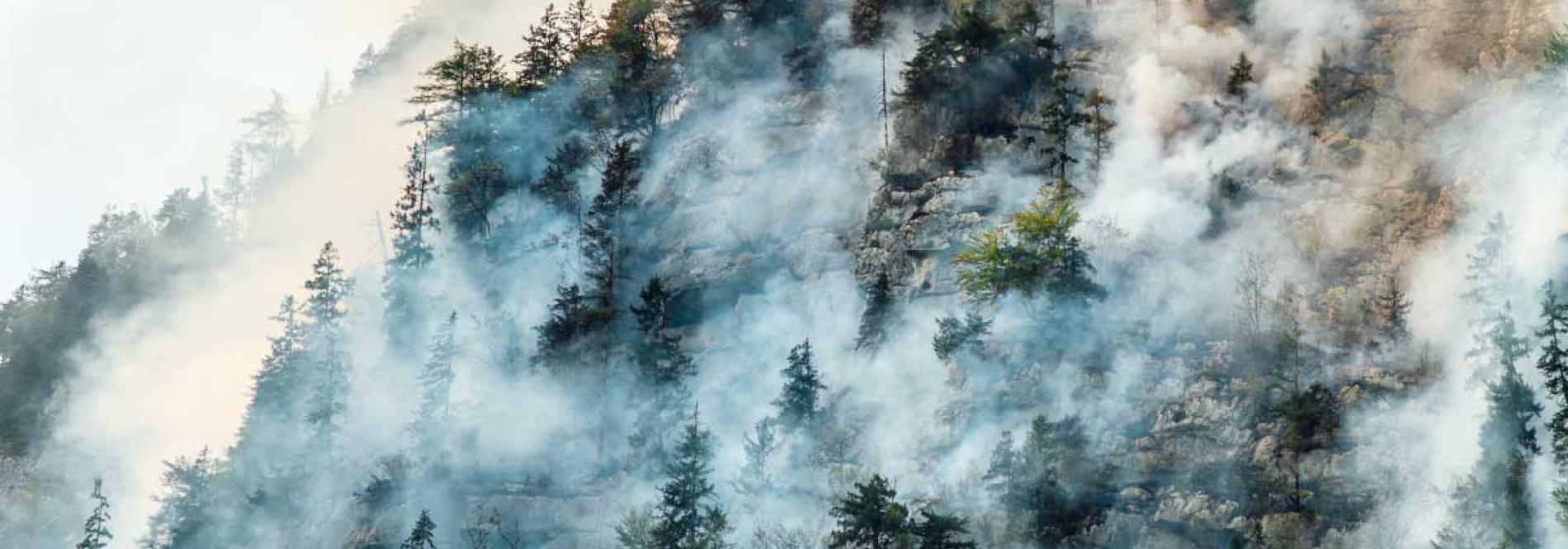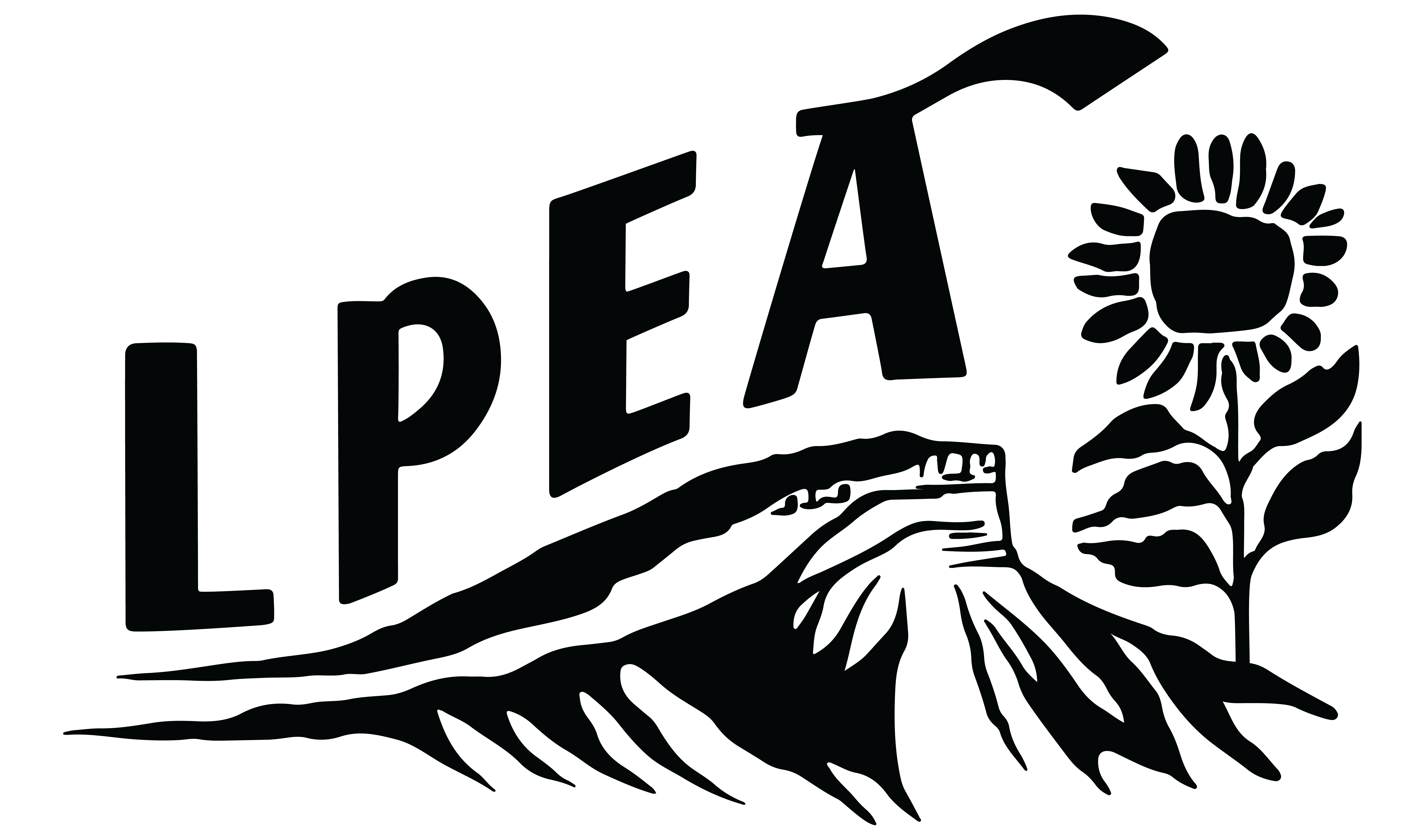
What does that mean? It means making a plan before a disaster or emergency strikes so you can better protect those you love. Emergencies can happen anytime, and less than half of American families have a communication plan. Take the time this month to review or create your plan!
Use this list to come up with a plan for your family.
-
Discuss with your household or family how you will communicate if there is an emergency.
-
Decide and practice your emergency plan with members of your household.
-
Houses, mobile homes, apartments, and high-rise buildings have different evacuation considerations. Make a plan for each.
-
Involve your entire family, including your children, in planning for disasters and emergencies, so they are prepared, not afraid.
-
Download or order your free preparedness products to help your family plan and prepare for the next emergency.
-
Drills aren't just for your toolbox. Practice emergency drills with your family regularly.
-
Know what disasters and hazards could affect your area, how to get emergency alerts, and where you would go if you and your family need to evacuate.
-
Get familiar with your child's school evacuation & reunification plans.
-
Make preparing fun for kids! Go on a scavenger hunt around your house for items you already have to add to your disaster supply kit. Follow this list and see how many items you can check off!
Build a kit
-
Create or update your emergency supplies with this list.
-
Make sure your emergency kit is ready to go in case you need to evacuate. Include:
-
Enough food and water to last several days.
-
Medication, face masks and disinfectant for everyone in your household.
-
Pet supplies.
-
-
When building a kit, people with disabilities should consider the items they use daily, as well as life-sustaining items.
-
Have medication for at least three days in your emergency supplies.
-
Check the expiration date on your emergency supplies, and replace any old items.
-
Get the kids involved in building their own emergency kit.
-
Include your child's favorite stuffed animals, board games, books, or music in their emergency kit to comfort them in a disaster.
Resources
-
Kids, parents, & educators, visit the Ready Kids web pages in Spanish.
-
Need tips for talking to your kids about natural disasters? Find them here.
-
Kids can become Disaster Masters with this @Readygov preparedness game.
